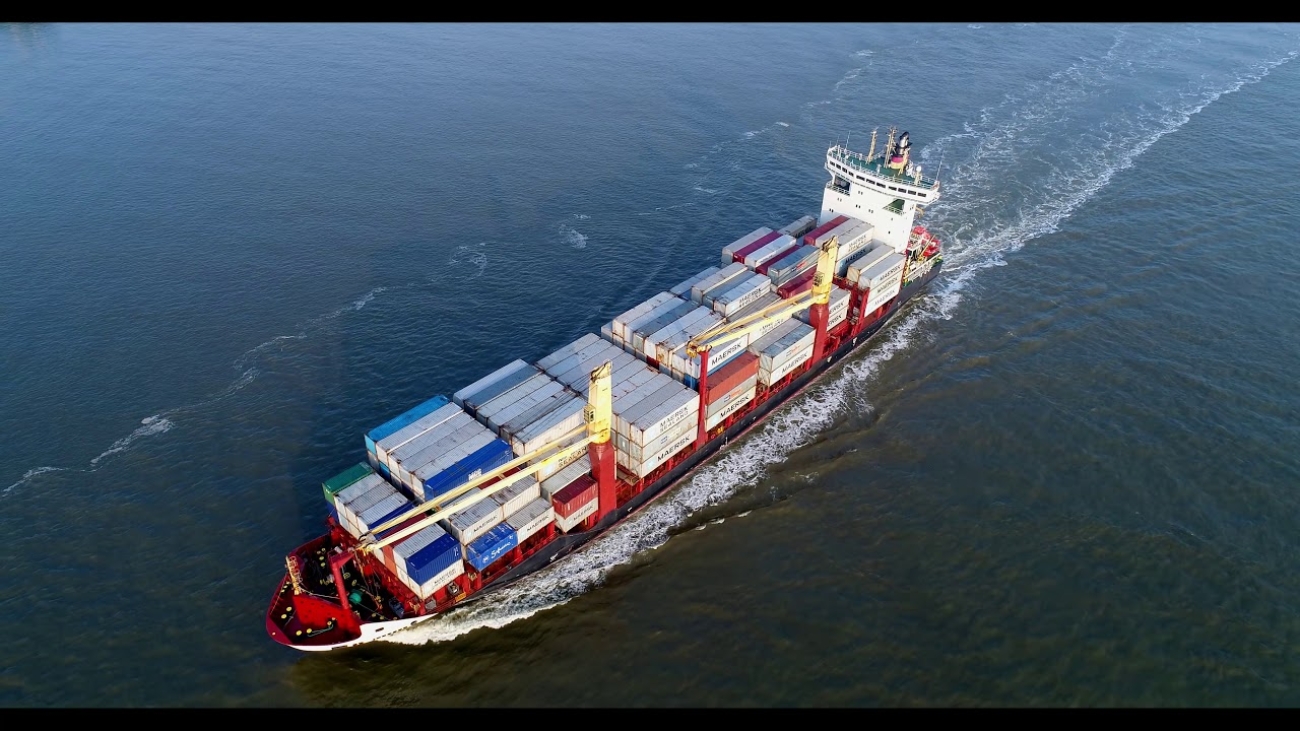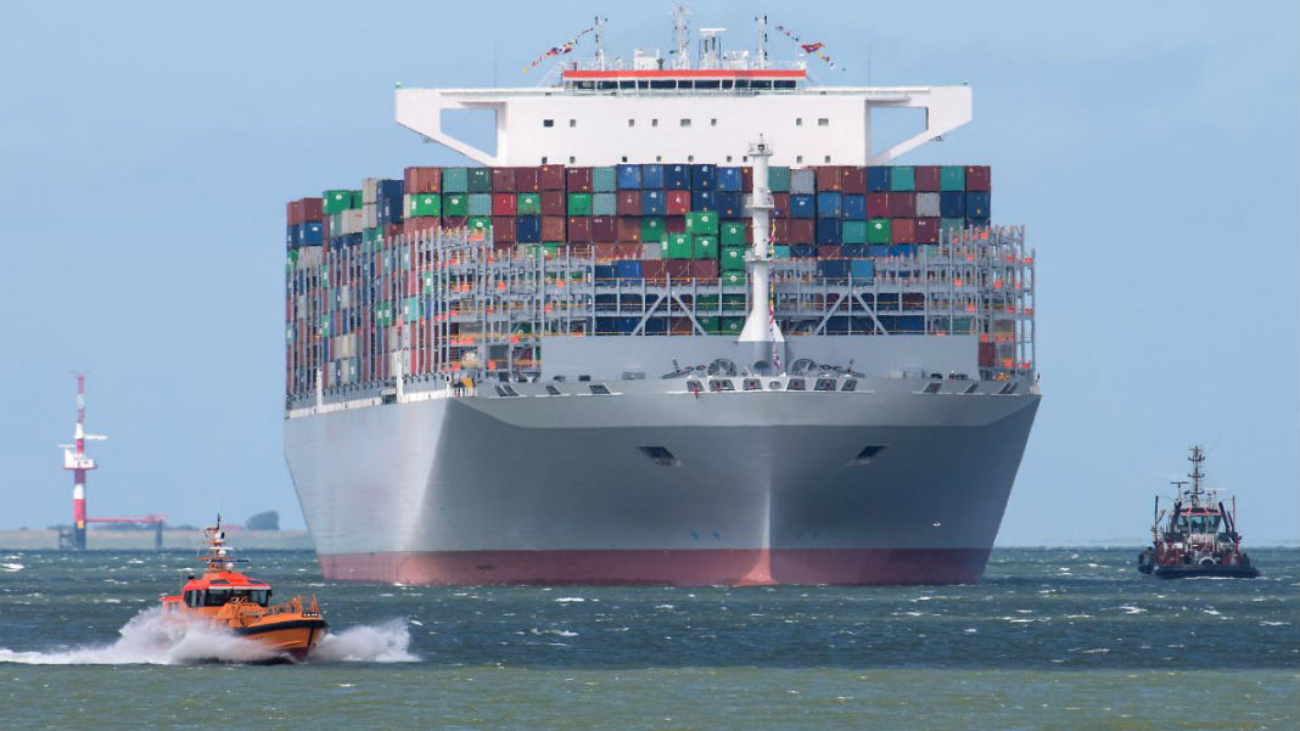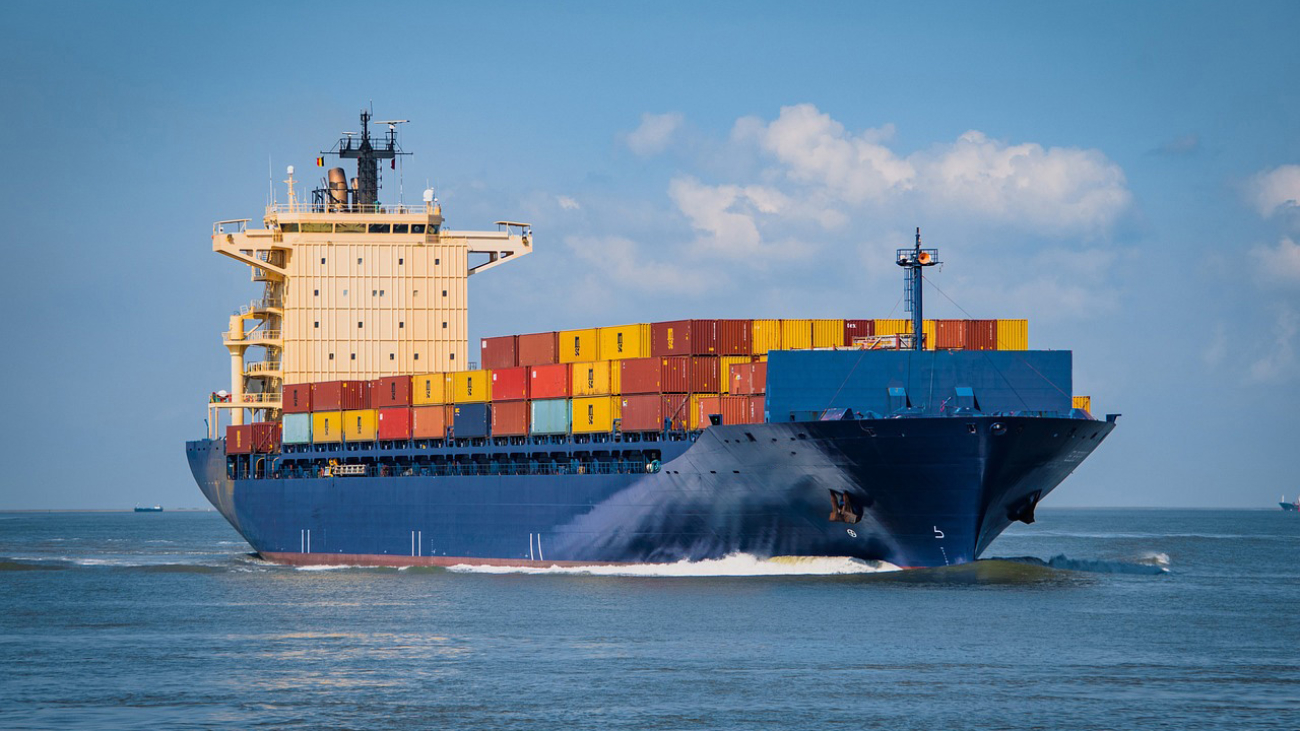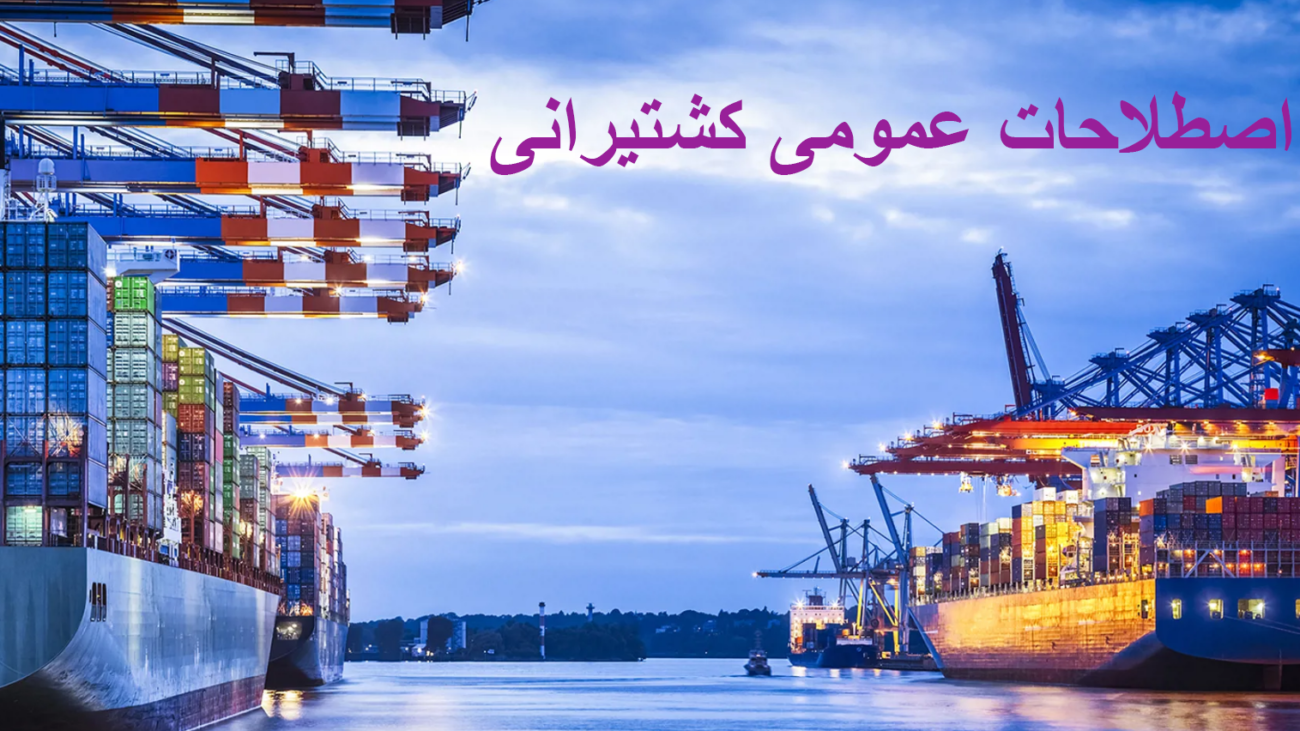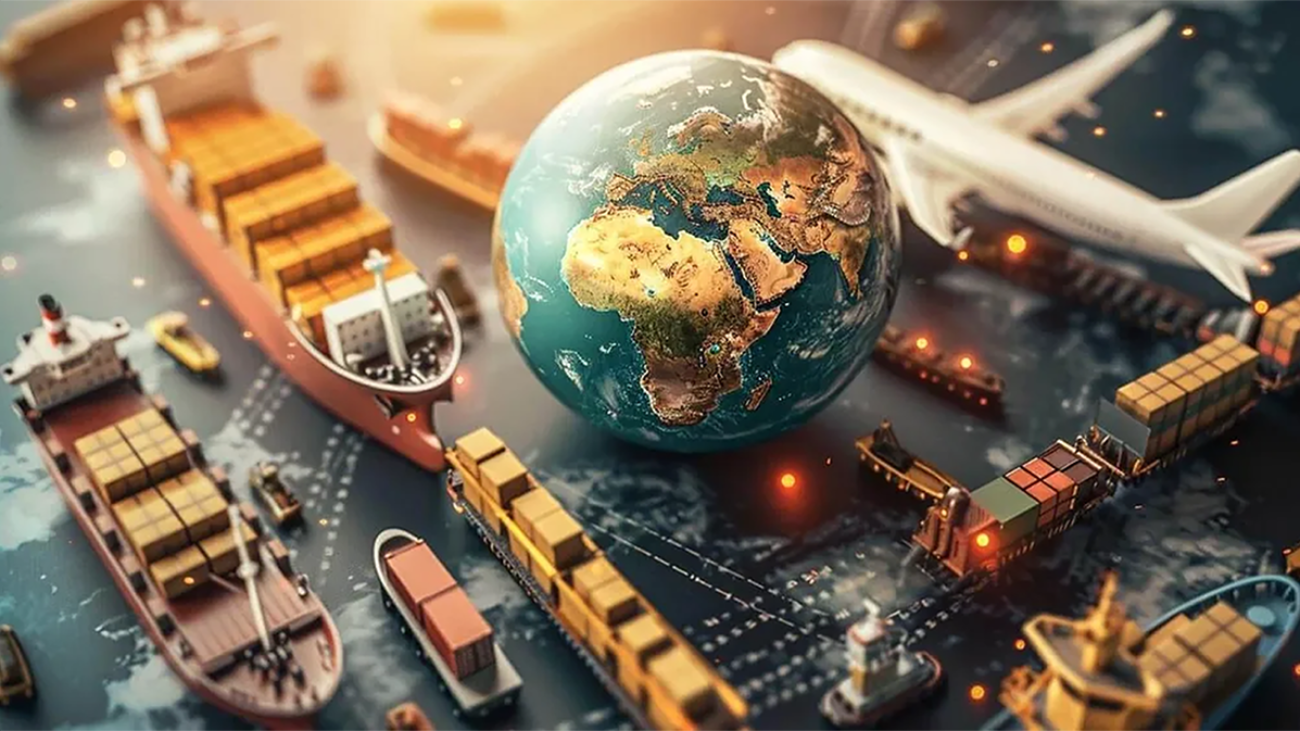Introduction
Maritime transport is one of the most crucial and cost-effective methods of moving goods across the globe. Within this vast system, feeder ships play a vital role by connecting smaller ports with larger ones. These vessels are instrumental in facilitating the flow of goods and enhancing logistical efficiency. This article explores the concept of feeder ships, their characteristics, their role in maritime transport, and their impact on global trade.
What is a Feeder Ship?
A feeder ship is a type of cargo vessel designed to transfer goods between smaller ports and larger ports. These ships are typically smaller than mainline vessels, such as large container ships, and have a capacity ranging from 300 to 3,000 TEUs (Twenty-foot Equivalent Units). The primary function of feeder ships is to act as intermediaries, moving containers from small ports to larger hubs and vice versa, enabling seamless intercontinental shipping.
Characteristics of Feeder Ships
- Smaller Size: Their smaller size allows them to access shallow-draft ports and ports with limited facilities.
- High Maneuverability: Feeder ships are designed to load and unload cargo quickly, providing operational efficiency.
- Flexible Routes: Their routes are tailored to ensure efficient service between regional and local ports.
Role of Feeder Ships in Maritime Transport
- Connecting Small and Large Ports: Many small ports are not equipped to handle large container ships. Feeder ships bridge this gap, ensuring smooth cargo movement.
- Enhancing Efficiency at Major Ports: By transferring cargo from small ports to major hubs, feeder ships reduce congestion at primary ports and increase their throughput.
- Cost Reduction: Direct shipping with large vessels to certain areas may not be economically viable. Feeder ships lower transportation costs.
- Promoting Regional Trade: Feeder ships are crucial for boosting regional trade, particularly in coastal areas requiring frequent and flexible shipping services.
Impact of Feeder Ships on Global Trade
Feeder ships, as a critical link in the global supply chain, significantly influence international trade. They improve access to smaller ports and expedite the transport process, enabling businesses to explore new markets and enhance their competitiveness. Additionally, by reducing transit times, feeder ships add value to the supply chain.
Conclusion
Feeder ships, with their strategic role, are an indispensable part of the maritime industry. By bridging the gap between ports, they reduce costs, enhance efficiency, and boost global trade. Investment in the development and optimization of feeder vessels can contribute to the overall improvement of the global supply chain.

